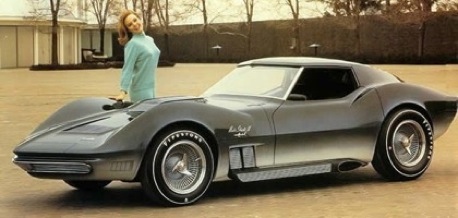
The Mako Shark II show car made it's first public appearance at the New York International Auto Show in April, 1965. It's lines were the culmination of two beasts of the oceans, the Manta Ray and the Great White Shark. It was timeless. This one was truly a Bill Mitchell inspired car with the narrow waist or coke-bottle shape and pronounced fenders. Bill and Zora didn't agree on the design at first. But this was in the era when design came first and engineering then got to work within the major parameters we set.

There is always some confusion about the Mako Shark II based on different photos. There were, in fact, two primary versions of the Mako Shark II and then the Manta Ray version. So three basic versions with quite a few re-paints and minor changes over the years!
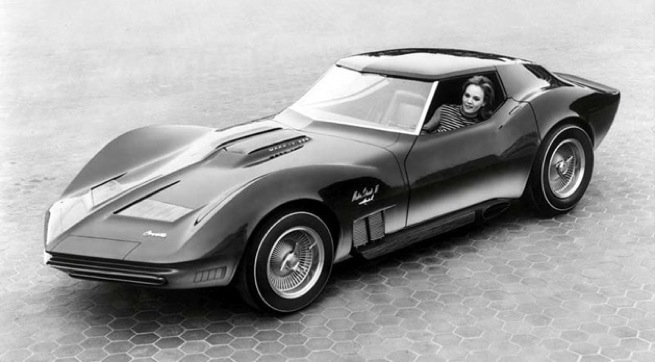
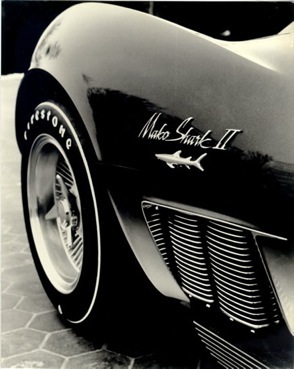

The interior of the Mako Shark I got a lot of criticism, particularly the steering wheel which was a small rectangular piece with controls for turn signals and transmission built-in. By the Paris show this was changed to a more conventional wheel with the main controls moved to stalks o the steering column. Most of the 'informational" gauges were placed on the passenger side of the instrument pod, while the drivers side instrument panel had only the tach and speedometer. In addition to the gauges, there was also a system of warning lights for all major fluid levels and another series of lights to warn of open doors and the like.
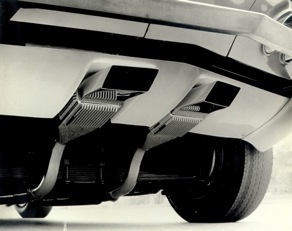
It also had a retractable rear spoiler, and a square section bumper that could be extended for added protection.

There were other interior features which may yet come to pass as standard features. In Mako Shark I and II, the seats were fixed and the accelerator/brake pedals moved on a one-piece control board. Adjustable pedals have since been used on race cars and show cars; they may yet find their way to street cars as a way of increasing the "fit" for a wider range of driver sizes, especially as we come closer to acceptance of drive-by-wire features.
The Mako Shark II was powered by a 427 Mark IV engine, which became available on production Corvette models. The paint scheme continued the Shark I tradition, with blue/gray on top and silver/white on the bottom (along the rocker panels).
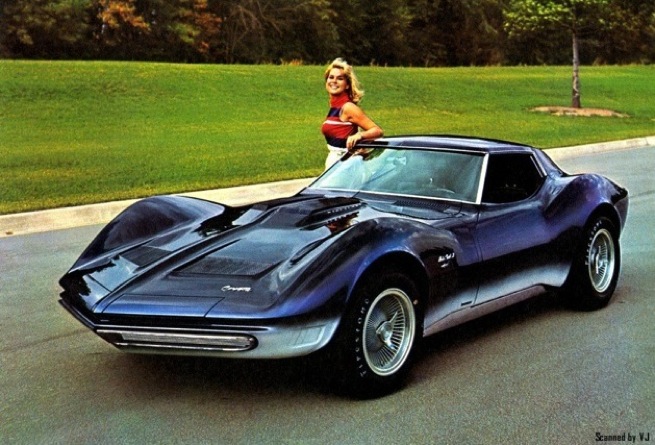
The were several core design elements which were common to both the non-running and running models, of course. The basic design included the chopped roof, hinged roof panel which raised to permit easier entry, the sharp-edged fender lines, highly styled front clip, hood bulge and upswept tail.

There were lots of other gadgets thrown on the car as repeats from Mako I, including the prism-type periscope rearview mirror, the pop-up brake flaps, James Bond retractable bumpers, and the louvered rear window treatment. When the car was converted to Manta Ray in 1969 the louvered window concept was dropped in favour of the more conventional sugar-scoop arrangement.

Initial high speed tests revealed that the car was unstable at high speeds. The nose was too low, the front fenders were too high and obstructed the drivers visibility. Rear visibility was next to nothing and the overall 'lift' of the car at speed was unacceptable. So much work needed to be done that there just wasn't enough time for a 1967 introduction for the new body style. 1968 would be the year that we would all see the newest Corvette. The front and rear fenders were more proportional, visibility was good, lift was minimal with the standard front air dam, and of course, the legendary 427 big block engine was available in 5 different versions.
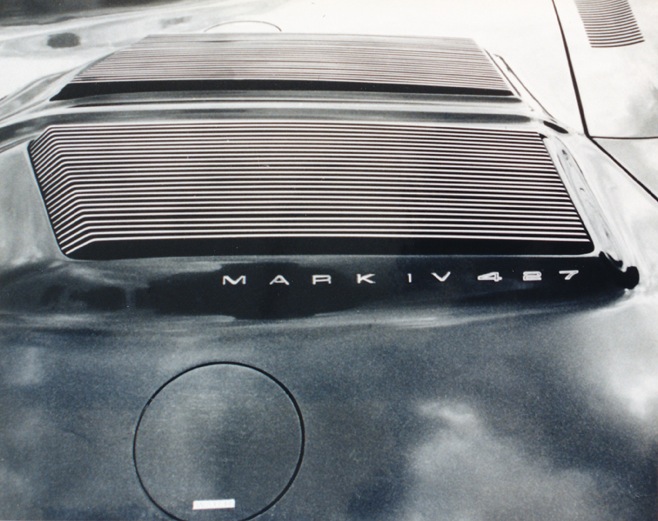
In 1969 the running version of the Mako Shark II was converted to the Manta Ray.

